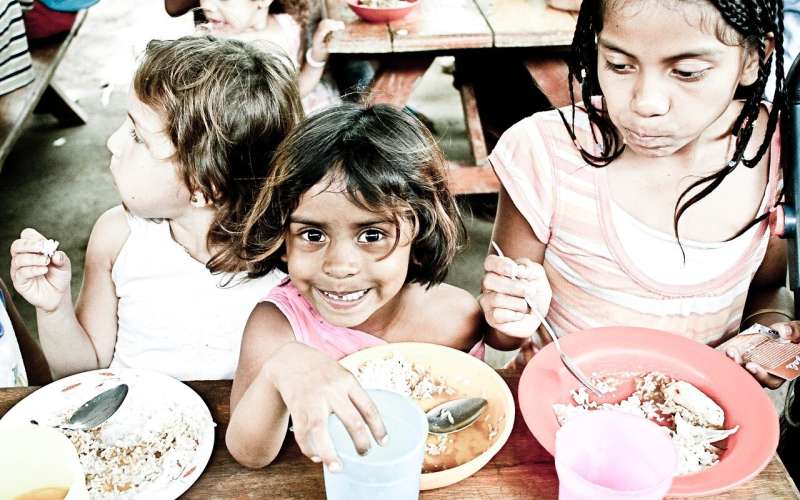This article has been reviewed according to Science X's editorial process and policies. Editors have highlighted the following attributes while ensuring the content's credibility:
fact-checked
peer-reviewed publication
trusted source
proofread
Addressing hidden hunger in developing countries: Study investigates genetic information of millet

Millet, the grain, is having a moment. The United Nations declared 2023 the International Year of Millets. And last September, leaders at the G20 Summit in India were treated to a smorgasbord of dishes and desserts all made from millets.
It's easy to see why millet is getting so much love lately. It packs a bigger nutritional punch than grains like rice, wheat, and corn, it's easier to grow—requiring less fertilizer and water—and it's more tolerant of the drought conditions that are becoming increasingly common around the globe.
Now researchers from Agriculture and Agri-Food Canada—along with partners in India—have developed a deeper understanding of what makes millet such a wonder food. Using the Canadian Light Source at the University of Saskatchewan—and the Advanced Photon Source near Chicago, Illinois—Dr. Raju Soolanayakanahally and colleagues looked at what millet's genes are doing at different stages—from when it first sprouts to when it makes seeds. For instance, they identified the genes responsible for capturing and transporting nutrients within millet seeds.
By comparing this new data with genetic information from other grains, the researchers now have a better understanding of why millet is so efficient at taking up micronutrients from the soil. This new knowledge could be applied in the development of better forms of other crops such as barley and wheat.
The team, which included scientists from the University of Agricultural Sciences (Bangalore, India) and the All India Coordinated Research Project on Small Millets, was also able to see where, precisely, minerals are located within millet seeds, information critical for ensuring that processing of the grain does not strip away valuable nutrients. Their findings were published recently in The Plant Journal.
"As a physiologist, I was very interested in how these neglected crops take up iron, zinc, manganese from the soil and sequester everything into the grain to make them one of the most nutrient-dense cereal crops," says Soolanayakanahally, who grew up in Karnataka, India—where millets were the most stable local source of food. "Understanding that pathway, understanding what genes were involved, what molecular mechanisms are involved, was fascinating."
Millets are often referred to as nutri-cereals, because they provide most of the nutrients our bodies need to function. They are a great source of protein, fiber, iron, zinc, and key amino acids. Millets have 10 times more calcium than wheat, and are higher in iron and zinc, says Soolanayakanahally.
Millets, he says, can play an important role in addressing the "hidden hunger" prevalent in developing countries, where other grains are plentiful but often lack the nutrients to address major health problems such as anemia in infants and children.
"Lactating women can incorporate millet into their diet," says Soolanayakanahally. With climate change altering growing conditions, Soolanayakanahally thinks this country could play a larger role in addressing food security.
"If we (get to a point where we) can't grow durum wheat or barley, and we replace those land areas with growing millet, then Canada can be one of the stable suppliers of very nutrient-dense cereals for the world."
More information: Shankar Pahari et al, Nutri‐cereal tissue‐specific transcriptome atlas during development: Functional integration of gene expression to identify mineral uptake pathways in little millet (Panicum sumatrense), The Plant Journal (2024). DOI: 10.1111/tpj.16749
Journal information: The Plant Journal
Provided by Canadian Light Source





















